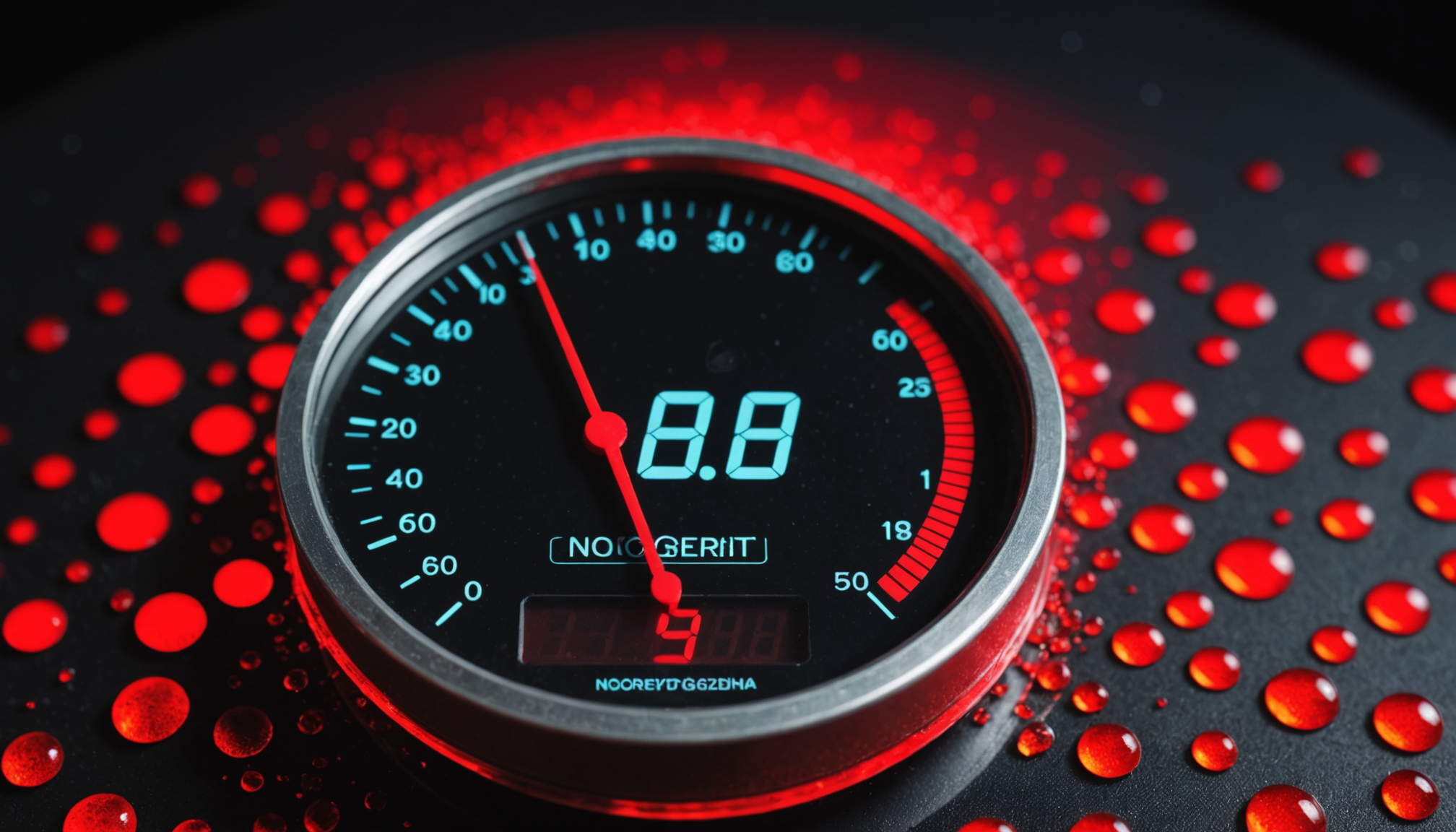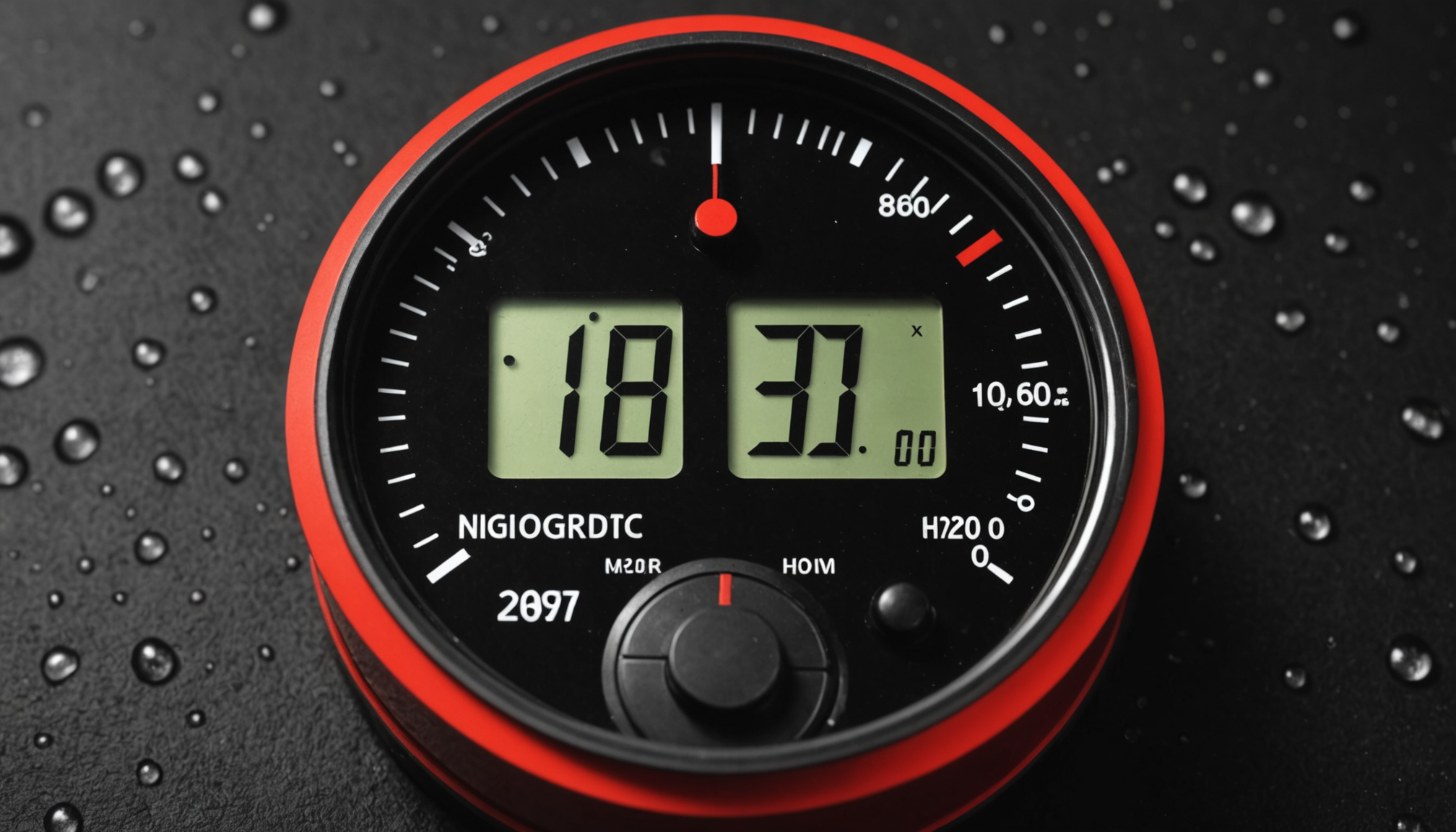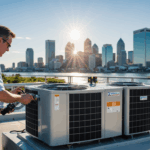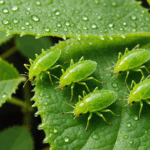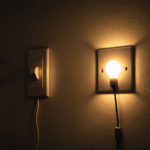According to the Environmental Protection Agency (EPA), maintaining indoor relative humidity below 60% is crucial for preventing mold growth in residential spaces. This threshold represents the critical point where most mold species begin to thrive and multiply, particularly in Tampa’s challenging climate where outdoor humidity regularly exceeds 80% during summer months.
Research conducted by the University of Florida’s Building Science Department indicates that when indoor humidity levels consistently stay above 60%, the risk of mold growth increases by 80% within a 48-72 hour period. The ideal indoor humidity range falls between 30% and 50%, providing a safety buffer before reaching the critical 60% threshold.
Dr. Sarah Martinez, a leading mycologist at the Tampa Environmental Health Center, explains that different mold species become active at varying humidity levels, but the 60% mark serves as a universal tipping point. “At 60% relative humidity, nearly all common household mold types find sufficient moisture to germinate and spread, especially on organic surfaces like drywall and wood,” she notes.
- Below 60%: Most mold spores remain dormant
- At 60%: Mold spores begin activating
- Above 60%: Active mold growth and reproduction
The 60% rule becomes particularly relevant in Tampa’s climate, where the combination of high outdoor humidity and temperature fluctuations creates perfect conditions for condensation on surfaces. When warm, humid air contacts cooler surfaces—such as air-conditioned walls or windows—the resulting condensation can quickly push local humidity levels above the 60% threshold, even if the overall room humidity appears acceptable.
A study by the Building Performance Institute shows that maintaining humidity below 60% can reduce mold-related repairs by up to 70% in residential properties. This makes humidity control not just a comfort issue, but a significant factor in home maintenance and health. HVAC systems play a crucial role in maintaining these levels, as they remove moisture from the air during the cooling process.
Tools for monitoring indoor humidity
Effectively monitoring indoor humidity levels requires reliable measurement tools and regular checking practices. A digital hygrometer serves as the primary instrument for tracking relative humidity, offering real-time readings that help Tampa homeowners maintain optimal conditions. Modern hygrometers often feature both temperature and humidity displays, with some models providing historical data tracking and smartphone connectivity.
Smart home systems have revolutionized humidity monitoring by integrating multiple sensors throughout the house. These systems can send alerts when humidity levels approach the critical 60% threshold, allowing homeowners to take immediate action before mold becomes a concern. Many smart thermostats now include built-in humidity sensors, providing continuous monitoring while controlling HVAC operations.
For comprehensive coverage, placing multiple monitoring devices in different areas of the home is recommended, particularly in spaces prone to moisture accumulation. Professional-grade moisture meters can detect humidity levels within walls and other building materials, offering early warning signs of potential mold growth conditions before they become visible problems.
Weather stations with indoor/outdoor monitoring capabilities are particularly valuable in Tampa’s climate, as they help homeowners understand the relationship between external humidity and indoor conditions. This information is crucial for anticipating when additional dehumidification might be necessary, especially during the most humid months.
- Digital hygrometers should be calibrated every 6-12 months to maintain accuracy
- Smart humidity monitors should be placed at least 3 feet away from doors, windows, and HVAC vents
- Basic digital hygrometers start at $10-15, while smart monitoring systems range from $50-200
- Multi-zone monitoring systems provide the most comprehensive humidity control solution for larger homes
Common mold-prone areas in Tampa homes
Tampa homes face unique challenges when it comes to mold growth, with several areas being particularly susceptible to moisture accumulation. Bathrooms frequently top the list of problem zones, especially those with poor ventilation. Many homeowners make the mistake of not running exhaust fans during and after showers, or using fans that are inadequately sized for the space.
Kitchens present another critical area where moisture tends to accumulate. The common error here is not using range hoods while cooking or failing to maintain proper ventilation when using dishwashers. Condensation from these activities can quickly raise local humidity levels above the safe threshold.
Closets and storage areas often become breeding grounds for mold, particularly when positioned against exterior walls. A frequent mistake is pushing furniture or storing items directly against these walls, preventing proper air circulation. Maintaining at least a 3-inch gap between walls and furniture can significantly reduce the risk of mold growth.
Window frames and sills frequently suffer from condensation issues in Tampa’s humid climate. Homeowners often overlook early signs of moisture accumulation here, especially during the cooling season when temperature differences between indoor and outdoor air are greatest. Regular inspection and wiping down of these areas can prevent serious mold problems.
Crawl spaces and attics require special attention, yet many homeowners neglect these areas entirely. Without proper vapor barriers and ventilation, these spaces can develop severe mold issues. HVAC systems located in these areas need regular maintenance to prevent condensation from creating moisture problems.
Other commonly overlooked areas include:
– Under kitchen and bathroom sinks
– Around washing machine connections
– Behind refrigerators
– Around window air conditioning units
– Under potted plants
– Inside AC drain pans
The most critical mistake homeowners make is waiting too long to address moisture issues. Even small water stains or musty odors should trigger immediate investigation and corrective action. Installing a dehumidifier in problem areas and maintaining proper HVAC operation are essential steps in preventing mold growth in these vulnerable spaces.
Humidity control methods and equipment
Effectively controlling humidity in Tampa homes requires a multi-faceted approach combining various equipment and methods. Whole-house dehumidifiers integrated with HVAC systems provide the most comprehensive solution, capable of maintaining humidity levels below the critical 60% threshold throughout the entire living space. These systems typically cost between $1,000-$3,000 but offer superior moisture control compared to portable units.
Portable dehumidifiers serve as excellent supplementary tools, particularly in problem areas like basements, bathrooms, and laundry rooms. When selecting a portable unit, capacity is crucial – for Tampa’s climate, units rated for 50-70 pints per day are typically most effective. Position these devices centrally in problem areas, ensuring proper air circulation and regular reservoir emptying.
HVAC maintenance plays a vital role in humidity control. Regular service should include:
– Cleaning or replacing air filters monthly
– Checking and cleaning condensate drain lines quarterly
– Inspecting and cleaning evaporator coils annually
– Verifying proper refrigerant levels
– Calibrating thermostat humidity sensors
Energy-efficient windows and proper insulation significantly impact moisture control. Installing double-pane windows with low-E coating helps prevent condensation, while adequate insulation reduces temperature differentials that can lead to moisture accumulation.
Ventilation solutions are equally important:
– Bathroom exhaust fans (rated at least 50 CFM)
– Kitchen range hoods (minimum 100 CFM)
– Attic ventilation systems
– Crawl space vapor barriers with proper ventilation
For enhanced control, consider installing programmable bathroom fan timers and humidity-sensing switches that automatically activate when moisture levels rise. Whole-house ventilation systems with heat recovery capabilities can exchange humid air while maintaining energy efficiency.
Air circulation is crucial – ceiling fans and portable fans help prevent stagnant air pockets where moisture can accumulate. Running these in conjunction with air conditioning helps distribute conditioned air more effectively throughout the space.
Remember that equipment alone isn’t enough – developing a comprehensive humidity control strategy that includes regular monitoring, maintenance schedules, and prompt attention to any signs of excessive moisture will help maintain a healthy living environment in Tampa’s challenging climate.
Prevention strategies during peak moisture months
- How can I prepare my Tampa home for the rainy season to prevent mold growth?
- Start by inspecting and sealing all exterior gaps and cracks at least a month before the rainy season begins. Install or service dehumidifiers in key areas, ensure your HVAC system is properly maintained, and establish a regular humidity monitoring routine throughout your home.
- What should I do if my indoor humidity spikes above 60% despite running the AC?
- First, check if your AC is properly sized and functioning correctly, as an oversized unit might not remove enough moisture. Consider running a supplemental dehumidifier and inspect your home for any water leaks or moisture intrusion points that could be contributing to the problem.
- Is it normal for my Tampa home to feel humid even with the AC running constantly?
- While common in Tampa’s climate, constant humidity isn’t normal with a properly functioning system. Have your HVAC system evaluated for issues like incorrect sizing, dirty coils, or improper refrigerant levels. You might need additional humidity control measures during peak moisture months.
- How often should I check my home’s humidity levels during Tampa’s summer months?
- During peak humidity months, check levels at least twice daily – morning and evening. Pay special attention after rain or when outdoor humidity is exceptionally high, and monitor problem areas like bathrooms and basements more frequently.
- What’s the most cost-effective way to prevent mold growth during humid months?
- Maintain proper ventilation using bathroom and kitchen exhaust fans, run your AC at a consistent temperature, and use ceiling fans to promote air circulation. Strategic placement of moisture-absorbing products and basic portable dehumidifiers in problem areas can also be effective without major expense.
